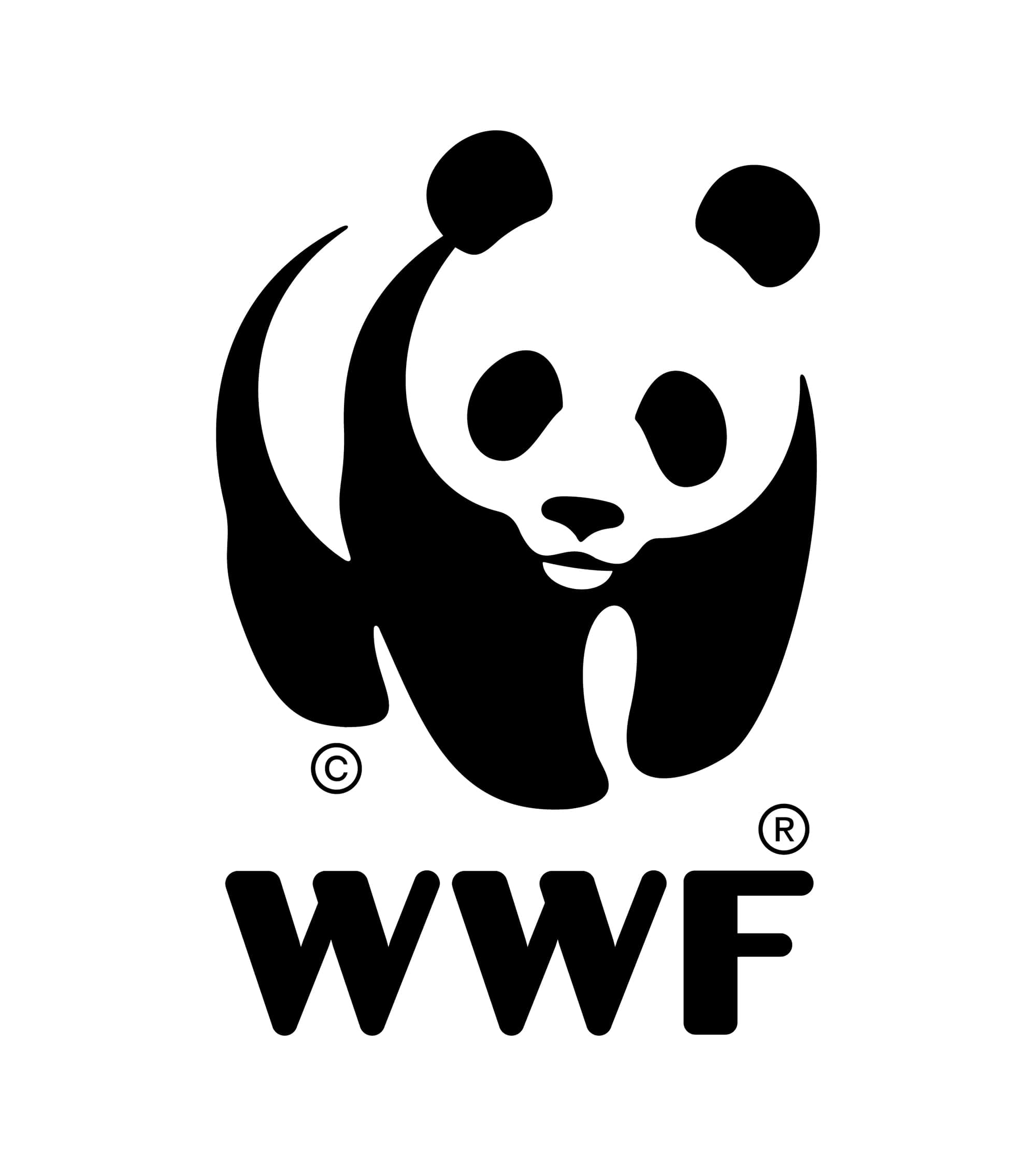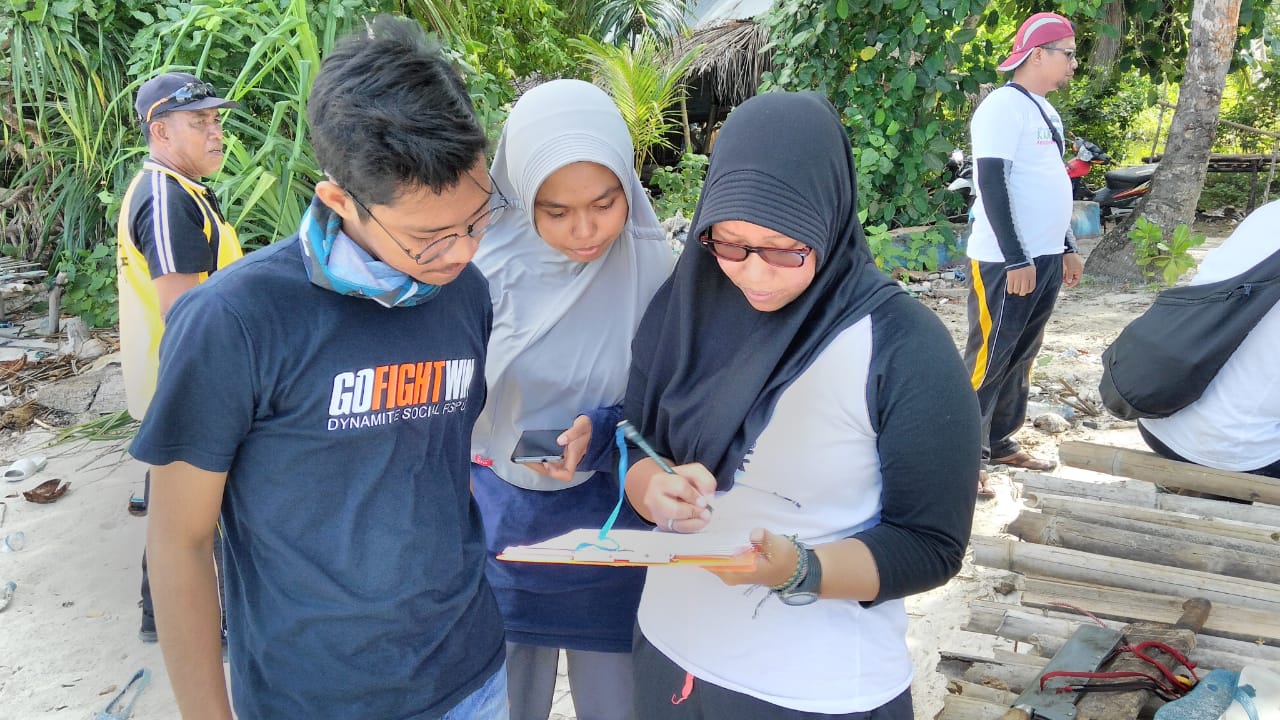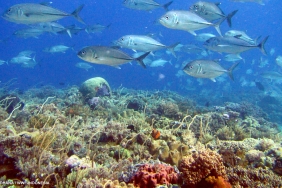WAKATOBI BEGINS GARBAGE EVALUATION START FROM DATA COLLECTION
Do you still remember the case of the sperm whale stranded dead with a stomach full of garbage in Wakatobi? From Kolowawa Beach, Kapota Island, Wakatobi, the figure of 5.9 kilograms of plastic waste in the whale's stomach (19/11) is a reminder not only for Wakatobi, but also for the world.
The Wakatobi Marine National Park, which is dominated by waters, which is 97% of its 1.3 million hectares, is currently under threat from plastic waste. The survival of the variety of flora and fauna will impact on the natural attractions that have been the flagship of Wakatobi as a priority destination for marine tourism in Indonesia.
We cannot confirm the origin of plastic waste. Whether from coastal communities, passing ships, or even from other islands or countries. However, that doesn't mean we can throw responsibility at each other and fight for each other's opinion.
In order for the problem of plastic waste to be resolved, what is needed now is the right strategy and action to reduce plastic waste in the oceans. This is what Wakatobi does, from the community, NGOs, and the local government.
The Waha Raya area is one of the most densely populated areas in Wangi Wangi sub-district. Waha Raya is a tourist destination with white sand beaches and a good mangrove ecosystem. However, unfortunately, the availability of infrastructure for transporting waste to the TPA (final disposal site) is not yet available. The distance between the village area and the TPA is quite far.
"We need accurate and accountable data to start formulating the right strategy to reduce waste on land," said Rudi, representing the community in the Waha Raya area, Wangi-wangi District, Wakatobi Regency. Indeed, 80% of the waste in the oceans comes from land.
So that this waste does not add to the weight of plastic waste in the ocean, various communities together with academics from the Wakatobi Marine Fisheries Community Academy (AKKP), as well as WWF-Indonesia's Southern Eastern Sulawesi Subseascape (SESS) program are collecting data on waste generated by communities in the Waha Raya area, namely in the villages of Wapia-pia, Waha, and Koroeonowa.
Waste generation was recorded using the Indonesian National Standard (SNI) 19-3964-1994 method for the method of taking and measuring samples of urban waste generation and composition. From the results of data collection, it turns out that waste generation in the Waha Raya area reaches 1.875 tons/day. If projected for one year, this area can produce as much as 684.51 tons of waste (October 2018).
The composition of waste per day is 51.2% organic, 6.5% flexible plastic, 4.4% hard plastic, 5% paper, 3.3% cloth, 3.1% cans, 2.2% glass/glass, 1.7% wood, 1.3% rubber, and 21.3% others.
There are several ways of waste management carried out by the Waha Raya community, namely by burning it, piling it in the garden, and there are even people who still dispose of their household waste on the sea coast.
From this data, academics develop several waste management scenarios using Life Cycle Assessment (LCA) modeling through the IWM2 tool.
There are 4 management scenarios that can be used in the Waha Raya area:
• The collected waste is sent directly to landfills (landfills) without prior processing. Same with the existing condition of waste management in Wakatobi;
• The solid waste management system has 50% segregation of organic matter for the composting process. There is processing of gas and leachate produced in landfills;
• All generated waste will be sent to landfill, but segregated inorganic waste is recycled at the waste management unit (UPS);
• The solid waste management system already has waste sorting and sorting activities, then it is recycled (inorganic) and composted (organic).
However, based on assessments from various aspects, scenario 4 is the most recommended scenario. Because, besides being able to reduce waste generation, this scenario can also reduce environmental pollution.
The data and scenarios obtained from this activity will not say anything if the policy makers, both in the village and in the regions, do not implement them. For this reason, it is hoped that this good data can be used optimally by policy makers as a basis for drafting regulations for waste management and reduction, especially waste that is difficult to decompose by itself. So that Wakatobi can be a contributor to reducing marine waste.





